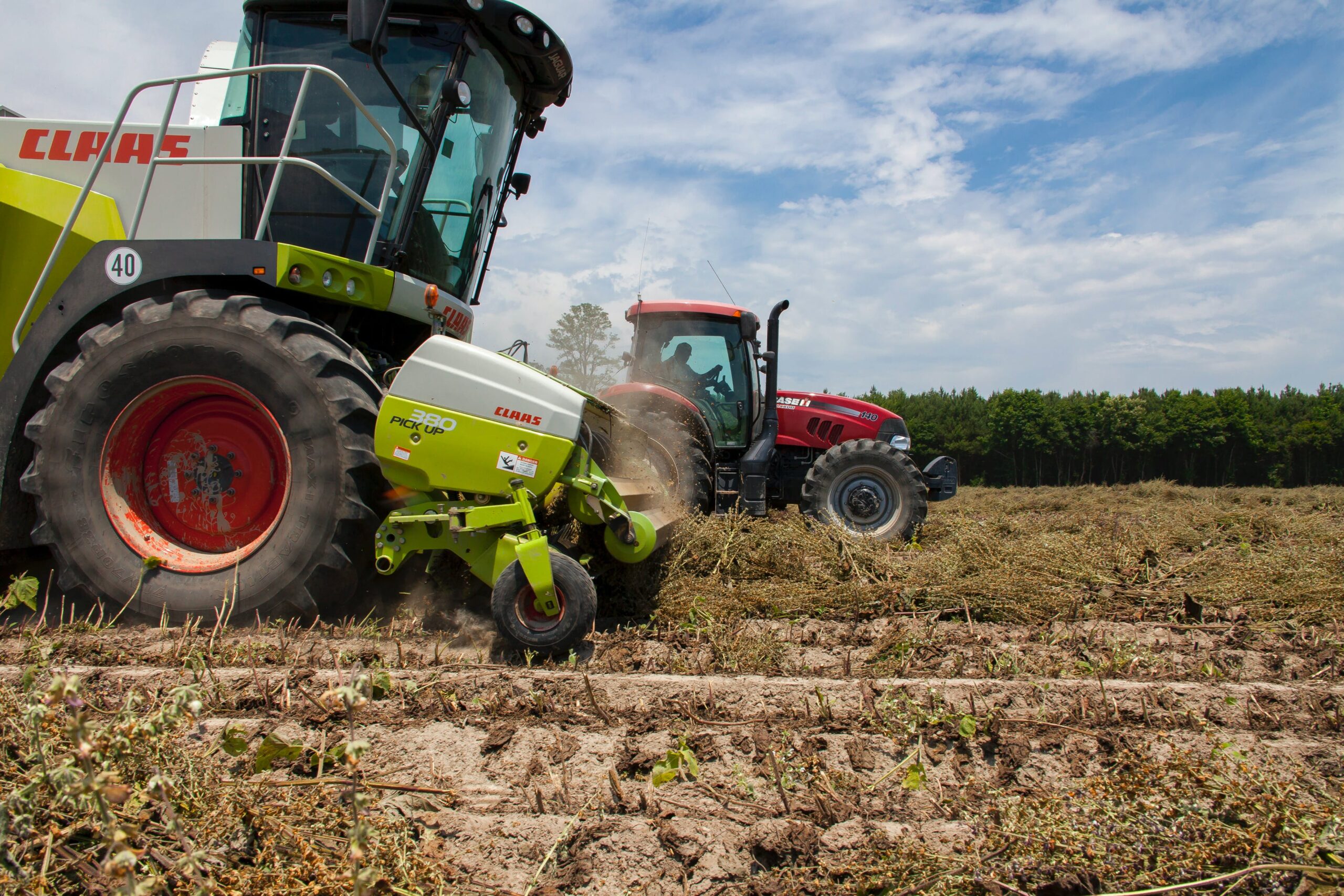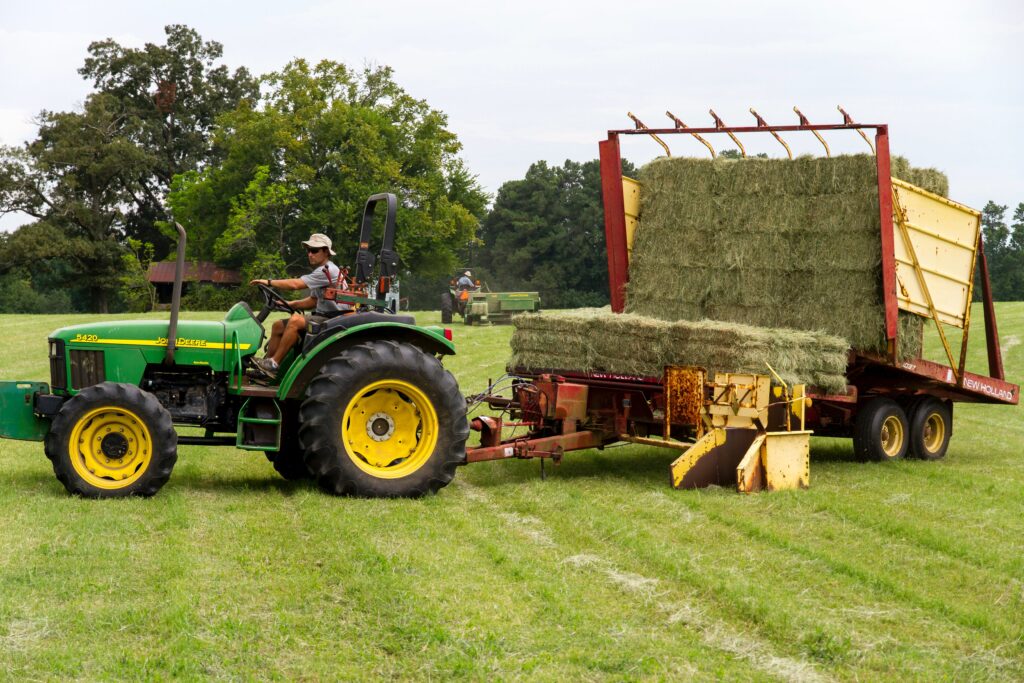The success of a livestock farm significantly depends on the right selection of tools, machinery, and equipment. This choice not only impacts the efficiency and productivity of your farming operations but also plays a critical role in the well-being and health of the animals. Here’s a guide to help you make informed decisions when it comes to selecting the right farming essentials.
Understand Your Needs
Before diving into purchases, clearly understand your farm’s specific needs. Consider the type of livestock you are raising, the scale of your operation, and the particular tasks that need to be performed. For instance, the requirements for a dairy farm will differ significantly from those of a poultry farm.
Research and Education
Knowledge is power, especially in the dynamic field of agriculture. Stay updated with the latest advancements in farming technology and practices. Attend agricultural shows, join farming associations, and consult with other farmers. This research will give you insights into the most efficient and cost-effective tools and machinery.
Quality over Quantity
When it comes to farming equipment, quality should always trump quantity. Investing in high-quality, durable tools and machinery might be more expensive upfront, but they will save you money in the long run through longer life spans and lower maintenance costs. Look for reputable brands and check for warranties and after-sales support.
Animal Welfare and Safety
In livestock farming, the welfare of the animals is paramount. Choose equipment that is safe and comfortable for your livestock. For example, when selecting handling equipment like chutes, pens, and gates, ensure they are designed to prevent injury to the animals and the handlers.
Versatility and Adaptability
Opt for tools and machinery that offer versatility and can be adapted to different tasks. Multi-functional equipment can be more cost-effective and space-efficient. However, ensure that these multi-purpose tools meet all your specific needs adequately.
Size and Scalability
The size of the machinery should align with the scale of your operation. Oversized equipment can be as much of a hindrance as undersized ones. Also, consider the potential growth of your farm. It might be wise to invest in equipment that can scale with your operations.

Environmental Considerations
Sustainable farming practices are becoming increasingly important. Choose equipment that minimizes environmental impact. This includes machinery that is energy-efficient, tools that reduce waste, and practices that promote the sustainability of the land and resources.
Maintenance and Repair
Ease of maintenance and repair is a crucial factor. Farming equipment should be easy to maintain and repair, preferably on-site. Check the availability of spare parts and the proximity of service centers. Having equipment out of service for long periods can be detrimental to farming operations.
Budgeting and Financing
Set a realistic budget for your equipment needs. It’s essential to balance cost with quality and long-term benefits. Explore different financing options, such as loans, leases, or grants that might be available for agricultural machinery.
Test Before You Invest
If possible, test the equipment before purchasing. This can be through demonstrations, trial periods, or renting before buying. Testing helps ensure that the equipment meets your needs and is comfortable for you and your livestock.
Selecting the right tools, machinery, and equipment is a critical decision for any livestock farmer. It requires a balance of understanding your specific needs, ensuring animal welfare, considering environmental impacts, and managing your budget. By taking a thoughtful and informed approach, you can ensure that your investment enhances the productivity and sustainability of your livestock farming operation.
The right farming tools and machinery are the backbone of a successful livestock farm. By carefully considering your needs, doing thorough research, and prioritizing quality and animal welfare, you can make choices that will pay dividends in the efficiency and productivity of your farm.
